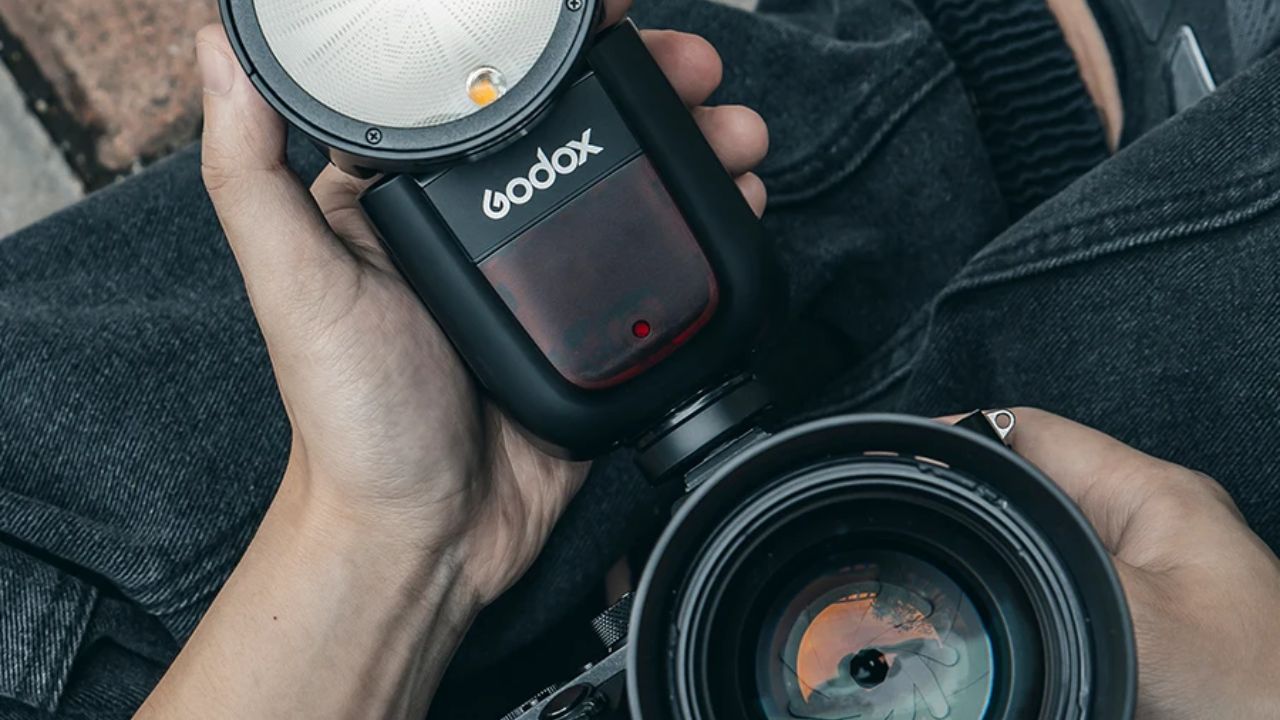Flash camera lights have completely transformed the nature of photography by providing a means to improve indoor and outdoor picture-taking. From lighting up a poorly lit room to equalizing the light in a well-lit environment such as outdoors, a flash is a handy tool that can greatly enhance the quality of photos. In addition to increasing exposure, flash also enables one to see features that may not be easily seen in low light. This article focuses on the importance of v1 flash camera lights, discussing how they improve indoor photography, help outdoor shooting, and solve the difficulties to get the best outcome.
Enhancing Indoor Photography
Indoor photography is normally characterized by low or no natural light; thus, flash camera lights are very useful in such scenarios. Flash adds to the brightness in the picture taken in low light areas hence making the picture to be more clear and detailed. This supplementary light is useful in making the exposure of the shots better by illuminating the areas that are generally dark and also the subjects that are hidden in the dark. Flash can also enhance the quality of colors in the picture as well as avoid color shifting due to poor lighting conditions. Photographers can record rich and as close to life colors, and indoor shots look more natural and eye-popping. Also, the contemporary flash systems are equipped with some controls that can be adjusted to set the light intensity and direction. This flexibility makes it possible to adapt the light to various indoor settings, be it for a small party or a professional studio.
Improving Outdoor Photography
Although outdoor photography has natural light, flash camera lights can also play a big role. In broad daylight, flash can be used to light up the dark areas and at the same time decrease the contrast between the light and dark areas. This technique called fill flash enables the photographer to balance the exposure and get details of the highlights as well as the shadow areas. Flash can also be useful in situations when shooting in partially shaded areas as well as during the golden hour or when there is strong backlighting. Through the use of flash, one can light up the subject while at the same time not washing out the background. This approach assists in developing lively as well as balanced images that capture the spirit of the scene.
Addressing Common Challenges
However, like with any other device, certain difficulties are associated with the use of flash camera lights. Flash can sometimes make shadows in indoor environments harsh or make the scene look unrealistic if not used correctly. To overcome these problems, one has to use diffusers or simply bounce the light on objects to soften the light. In outdoor scenes, flash may sometimes lead to overexposure if the right settings are not applied. Flashes have to be controlled to avoid washing out the scene and overpowering the ambient light that is being used. One can try to slow sync the flash or even try to change the flash power to balance the exposure.
Conclusion
The flash camera lights have a deep effect on both indoor and outdoor photography. They supplement the main source of light and improve the sharpness, hue, and brightness of the images. Although there are some issues with flash photography, knowing and controlling these aspects can result in great and well-executed photos in different lighting situations. Regardless of whether it is used in interior or exterior shooting, flash is still one of the important components in the photographer’s arsenal, which allows capturing extraordinary and stunning scenes.
